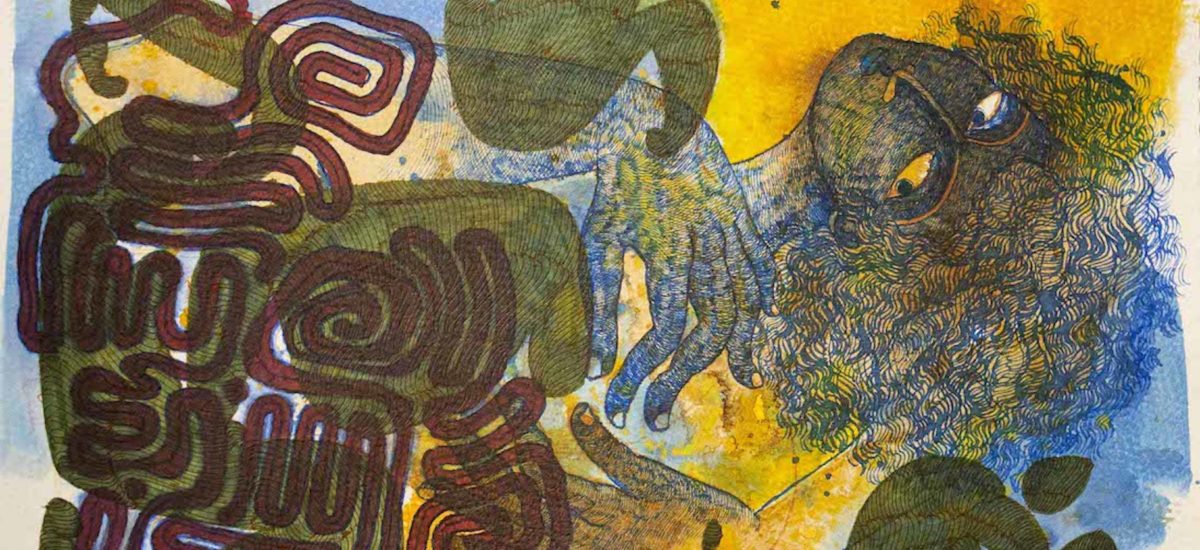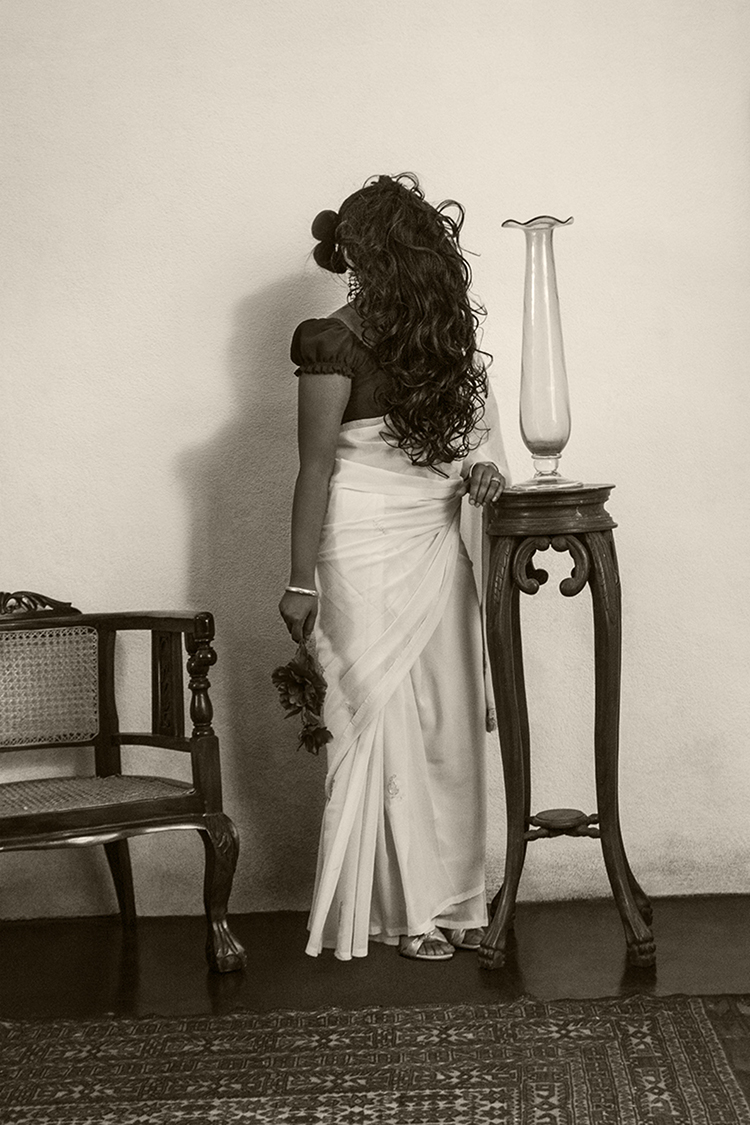
From Sri Lanka to Scotland: healing the wounds of war through art

Abdul Halik Azeez, Tearing Flag, 2015
As the internationally renowned Edinburgh Fringe Festival celebrates its 70th anniversary, it is revisiting its founding principle of ‘healing the wounds of war through the language of the arts’.
The message resonates particularly powerfully at Edinburgh’s award-winning Summerhall venue this year, where an exhibition presented by the Colombo Art Biennale explores Sri Lanka’s distinctive journey through colonisation, independence, insurgency and war.
Curator Annoushka Hempel put together this selection of remarkable artists to explore “the push and pull within community histories and individual memories of past violence, ongoing provocations, and the myriad of hopeful possibilities that exist within Sri Lanka’s still tenuous peace”.
The Colombo Art Biennale was founded in 2009 – when Sri Lanka was still at war. In just four editions it has rapidly been transforming the nation into a South Asian artistic hub.
Here are some of the works to look out for at the exhibition at Summerhall, Edinburgh.

Kannan Arunasalam, Bala Tampoe (I am Series), 2010
Kannan Arunasalam is an award-winning filmmaker and narrative journalist based between London and Colombo, who uses documentary, photography and multimedia forms of storytelling. His work has been featured by BBC, Guardian and Al Jazeera. The Edinburgh exhibition presents some of his short films on diverse Sri Lankan identities.

Pala Pothupitiya, Barcode World Map, 2017
Pala Pothupitiya, winner of the Sovereign Asian Art Prize 2010, confronts the political issues raised by the war in Sri Lanka – such as caste, tradition and modernity. While a highly conceptual artist, he also incorporates materials and philosophies from his background of traditional craft and ritual. The exhibition at Summerhall presents Pothupitiya’s view into the politics of cartography.

Abdul Halik Azeez, Rasamma. 2015
Abdul Halik Azeez is a photo journalist based in Colombo, whose work focuses on social issues, culture and spirituality. While his photos have a strong journalistic approach, they also often display a surrealist, conceptual flavour. The works on display in Edinburgh explore religious intolerance in Sri Lanka.

It’s Important We Coexist, photo by Sharni Jayawardena for the Herstories Project by Radhika Hettiarachchi
Researcher Radhika Hettiarachchi has been involved in the development sector, conflict transformation and alternative methods of peacebuilding in Sri Lanka since 2005. She is the curator and creator of the “Herstory Archives” project, which documents life histories of women across Sri Lanka, and includes work by photographer and filmmaker Sharni Jayawardena who has received international acclaim for her work in combating racism and discrimination.

Rajni Perera, Greed, 2015
Canadian artist Rajni Perera explores issues of hybridity, ethnography, gender, sexuality, popular culture, deities and dream worlds. In the artist’s own words: “I am creating a subversive aesthetic that counteracts antiquated, oppressive discourse, and acts as a restorative force through which people can move outdated, repressive modes of being towards reclaiming their power.” Perera’s powerful take on the politics of Sri Lankan cultural identity are on display in the exhibition in Edinburgh.

Anoli Perera, I Let My Hair Loose (Protest Series), 2010-2011
Anoli Perera is part of a generation of artists of the 1990s who have been pioneering feminist discourse and perspectives in Sri Lanka. Her work engages critically with women’s issues, history, myth and identity, colonialism and post colonial anxieties. The series of photographs on display in the exhibition at Summerhall uses the theme of 20th century portraiture of women to explore the idea of the male gaze and female subjectivity.





